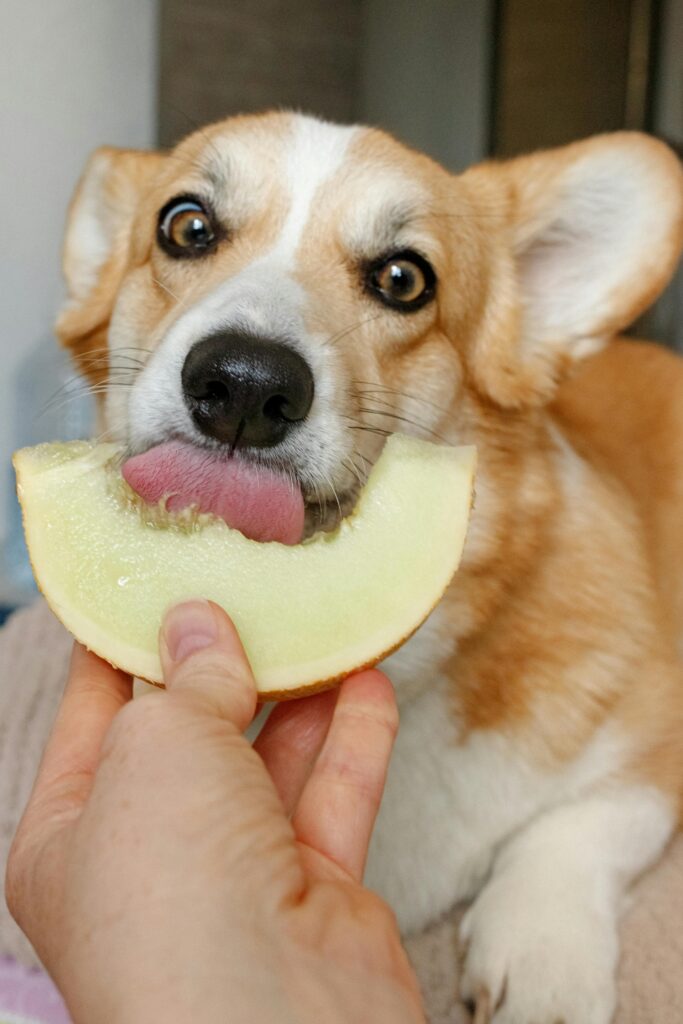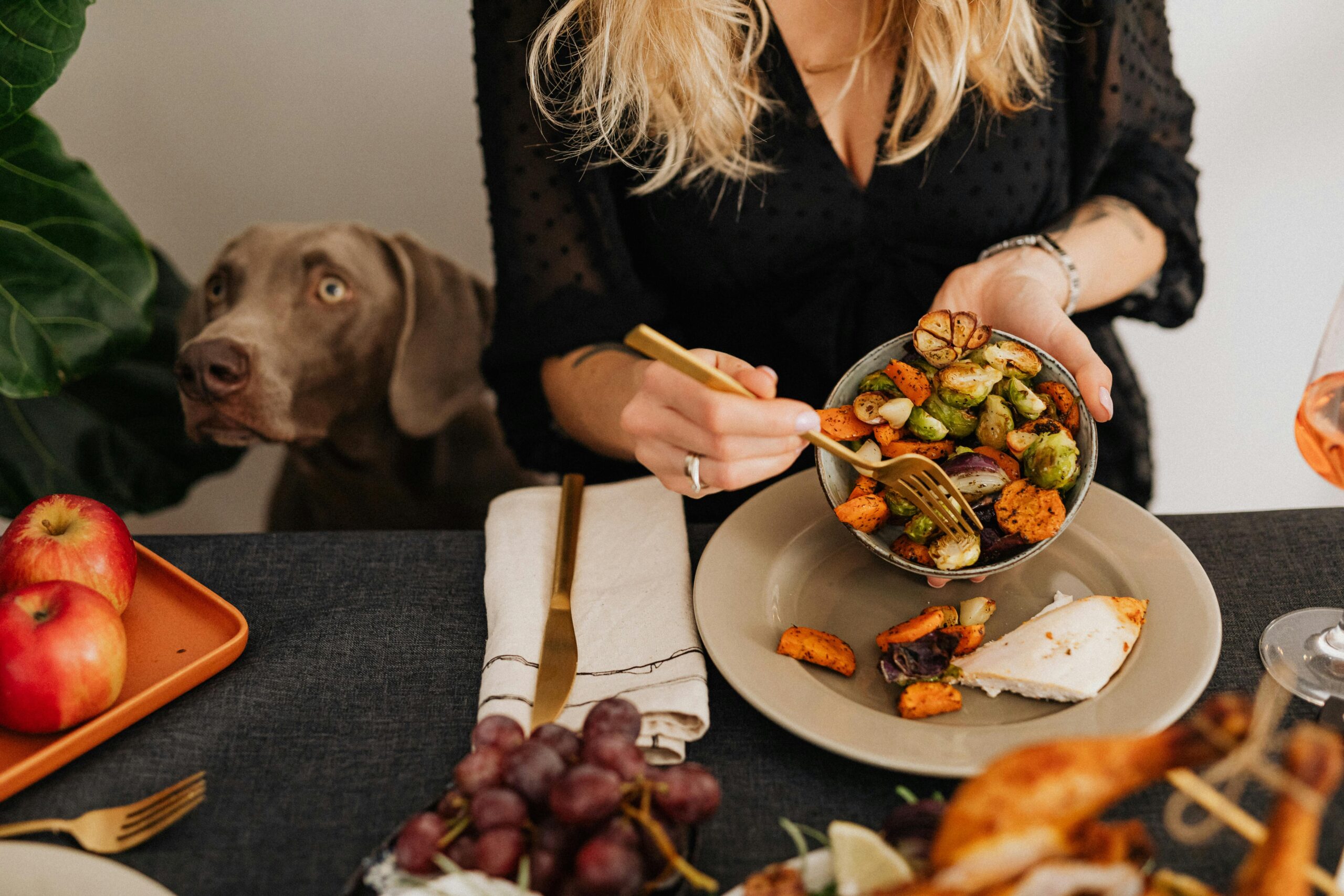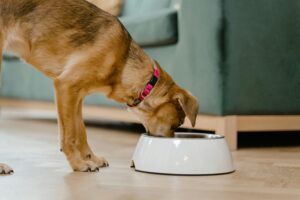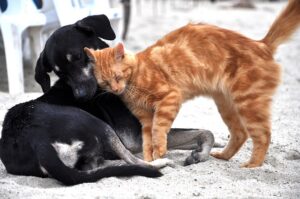All pet owners want to give the best food to their wonderful pets. I mean, pet food is supposed to be formulated for our dogs and cats and many people want to supplement their dog’s or cat’s diet with fruits and vegetables but wouldn’t know. We may be tempted to share some of the same snacks, as these foods are becoming more common in human diets, where health and naturalness are advancing. Now we all know fruits and vegetables are not good for dogs and cats, right? Why should your horses be taking in plant-based foods and what risks do they pose?
In this complete guide, we’ll cover the dangers and proper benefits of giving fruits and vegetables to our furry friends (hehe), which ones are good or bad for your pets, and if they’re provided to them, what ways should be taken care of?
Are fruits and vegetables safe for dogs?
Many fruits and vegetables are safe for pets, in moderation of course. In short, yes—but not all fruits and veggies are pet-friendly. Cats, on the other hand are obligate carnivores; their primary dietary needs must be below 10% of vegetable origin so they do not tolerate high levels of carbs. That being said, that does not mean cats cannot consume some fruit or vegetables. Some fruits and veggies can also supplement your pet’s diet, as well as provide moisture and variety.
That said, it is important to know what fruits and vegetables are actually good for your pets and which could prove detrimental, even toxic. Many fruits and vegetables have complicated compounds that are difficult for an animal to digest, which can cause gastrointestinal indigestion or contribute to more drastic health problems. Let’s get started scrolling down.
Advantages to Feeding Pets Fruits and Vegetables

For example, fruits and vegetables can be included in a healthy animal diet, so long as you adhere to the following guidelines:
1. Nutritional Value
“Vitamins, minerals and antioxidants are essential in maintaining an animal’s general health and many fruits and vegetables have them in abundance,” Wirant says. These nutrients can keep the immune system stronger, support digestion, skin and coat health as well as reduce inflammation.
- Vitamin C Fruits like Oranges, strawberries: support immune health.
- The fiber in things like carrots and green beans helps break down food.
- The antioxidants present in blueberries and spinach combat free radicals, thus preventing chronic disease conditions.
2. Low-Calorie Treats
If your pet is on a diet or overweight, you can give them low-calorie fruits and veggies as treats instead of processed treats. Fruits and vegetables are also typically low in fat and calories while high in water content, helping your pet feel full while keeping them hydrated.
3. Variety and Enrichment
Adding different textures and flavors to your pet’s diet can also serve as an enrichment, providing different sensations for their senses and helping stave off boredom. Carrots and other crunchy vegetables can satisfy that need for a chew and some dogs even enjoy fruits like watermelon in warm weather to create their own version of a healthy summertime slushy.
Safe Fruits and Vegetables for Dogs and Cats
1. Apples
- Nutritional benefits: The fiber-filled fruit contains vitamins A and C.
- Warning: Remove the seeds and core of the apple in advance, as there are small amounts of cyanide that are harmful to our pets.
2. Blueberries
- Blueberry nutritional benefits: Antioxidants, vitamins C and K, fiber — all good things for cats and dogs alike.
- Serving suggestion: Give as a treat or mix some with pet food.
3. Bananas
- Nutritional benefits: Good source of potassium, fiber and vitamin C
- Warning: Bananas are a high-sugar fruit so feed them sparingly, especially to animals that tend to be overweight.
4. Watermelon
- Health benefits: Watermelon is hydrating and loaded with vitamins A, B6, and C.
- Warning: Do not feed the seeds or rind, as they are known to cause digestive obstructions.
5. Strawberries
- Strawberries: given their high antioxidant and vitamin C content, strawberries might also be a protective Frankenstein diet food impostor when it comes to immune health.
- Served: You can mash them or cut into small cubes so that a person can eat easily.
6. Cantaloupe
- Nutritional benefits: Cantaloupe is a low-calorie and high-fiber option for a hydrating snack.
- Warning: Do not feed seeds or the rind to your pet.
Finally, we have some vegetables you could safely give to your dog or cat.
1. Carrots
- Nutrient profile: A good source of β-carotene (pro-vitamin A), fiber, and antioxidants. They are great for the dental health of dogs as they chew on them, thus indirectly cleaning their teeth.
- Serve raw for a crunchy treat or steam lightly if your cats fancy softer textures.
2. Green Beans
- Nutritionally beneficial: They are low in calories and high in fiber so your pet can have them as a treat if he or she is little overweight.
- Tip: When serving, offer them cooked with no salt or seasonings.
3. Pumpkin
- Health benefits: Pumpkin is high in fiber and beta-carotene and helpful for digestive issues, particularly in constipated or loose stools dogs.
- Feeding Instructions: Feed a limited amount of canned or cooked (if possible) pumpkin (no sugar or spices) with food.
4. Sweet Potatoes
- Good Stuff: These potatoes are high in fiber and vitamin A, as well as antioxidants.
- Serving tip: Boil or steam sweet potatoes and add them to your pet’s food for a little extra nutritional oomph.
5. Cucumbers
- Nutritional tags: Cucumbers are low in calories and water-heavy treats, which have a health benefit for your dogs and cats as well.
- Note: Serve raw, slice.
Poisonous Fruits and Vegetables to Pets

Most fruits and vegetables are safe for your dog, but others may contain harmful toxins that lead to serious health risks. Fruits and Veggies that are not recommended-
1. Grapes and Raisins
- Toxicity: Grapes and raisins are extremely toxic to both dogs and cats. Small amounts can cause kidney failure.
2. Onions, Garlic, and Chives
- Toxic to pets: Compounds that cause red blood cells go boom, bye-bye anemia in animals of the allium variety. They are equally harmful in all its forms- be it raw, or cooked, or powdered.
3. Avocado
- Toxicity: A toxic compound called persin can be found in the skin, leaves, and pit. Black tarry stool, and difficulty breathing, have been known to cause gastrointestinal upset (primarily in dogs) vomiting/diarrhea/fecal obstruction. The pit, skin, and leaves all contain the largest amount of toxicity.
4. Cherry, Peach, and Plum Pits
- Deadly: The pits of these fruits contain cyanide, which is extremely dangerous for pets. It is the pitting of the fruit that can be dangerous if cut out but in moderation, you may offer your Macaw fruits.
5. Tomatoes
- Toxicity: Unripe tomatoes and the leaves of tomato plants, both contain solanine that is poisonous to dogs and cats. But in small quantities, ones that are ripe are okay.
6. Mushrooms (Wild)
- Toxicity: Most store-bought mushrooms are safe, but many wild mushrooms can be highly toxic to pets. It is even better to completely forgo them.
How to Safely Add Fruits and Vegetables Into Your Pet’s Diet
When thinking about how to add fruits and vegetables see the following guidelines, which will lead a safe route.
1. Start Small
Add new fruits and vegetables one at a time in small quantities. You should also watch your dog closely to make sure that he/she does not have any kind of allergic reaction or digestive upset (like vomiting, loose stools, gas on excess). If you notice any negative reactions from your pet, report them and do not feed them any more of the new food.
2. Wash Thoroughly
Wash them down well to get rid of dirt and those nasty pesticides that could harm your pet. You might choose to go organic to be extra safe.
3. Cut into Small Pieces
Cut fruits and vegetables into small pieces for a better chewing experience, to reduce the risk of choking in your smaller pets. Seeds, pits and skins can likewise cause blockage or possibly be poisonous.
4. Cook: or SteamIf Needed
Others, including broccoli and sweet potatoes, are more digestible to pets when cooked or only lightly steamed. Do not add any seasonings, oils or butter as this will upset your pets stomach.
5. Moderation is Key
Healthy fruits and vegetables are great supplements but should never be used as a substitute for a balanced pet food. At least 90-95% of your pet’s diet should be from complete and nutritionally balanced… oh, wait; you already know this. Let treats, or occasional supplements but do not depend on it.
Conclusion:
Include a variety of vegetables and fruits in your child’s daily meals for maximum benefit with regard to both short-term health outcomes as well as long-term disease prevention if commenced early.
While many raw fruits and vegetables are packed with beneficial nutrients our dogs love, there is a way to incorporate some safe produce into your pet’s diet that adds variety and hydration. That being said, it is very important to find a medium and always serve your dog or cat a well-balanced species-appropriate diet. Choose your fruits and veggies well to provide your pets with a delicious, toxic-free treat that completes their whole nutrition!
As always, if you have any questions or concerns about what your pet may be safely looking forward to eating, do not hesitate to ask your vet. And your own vet can give you recommendations based on your pet’s particular needs and age and breed so that you’ll be able to make the best decisions for their ultimate health.




